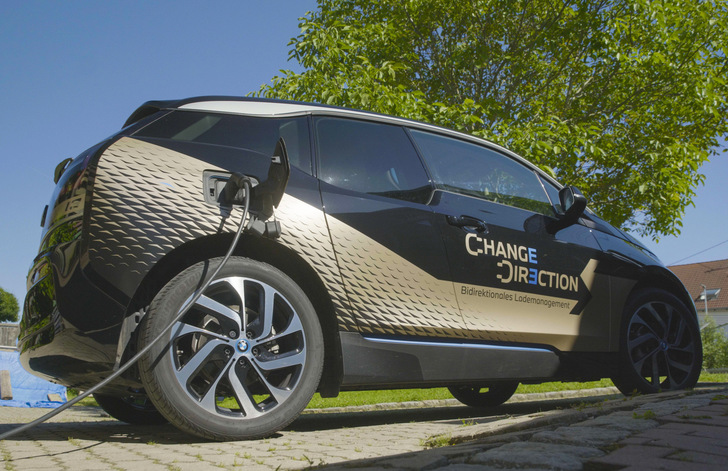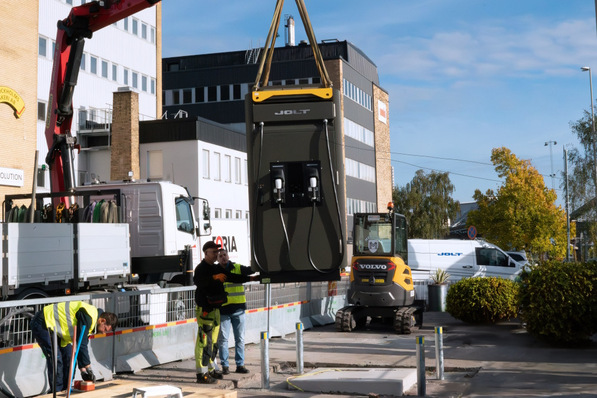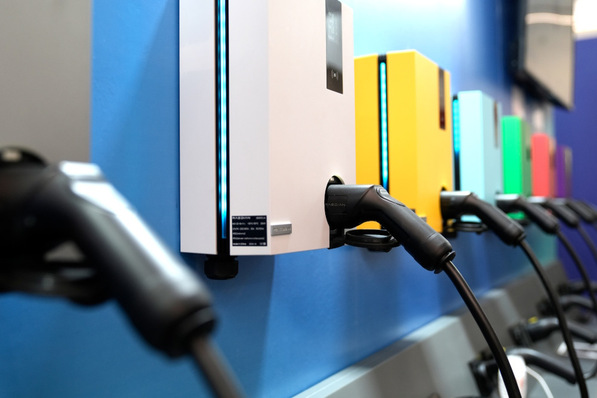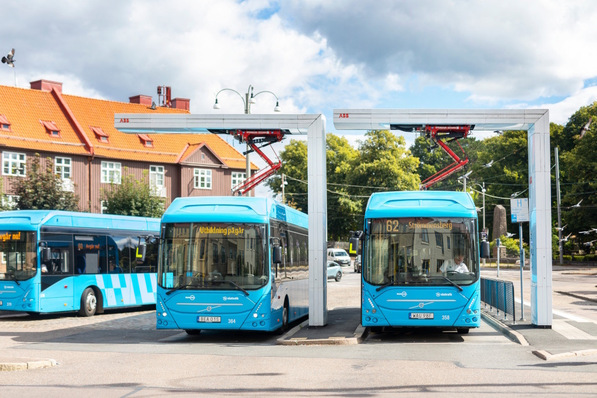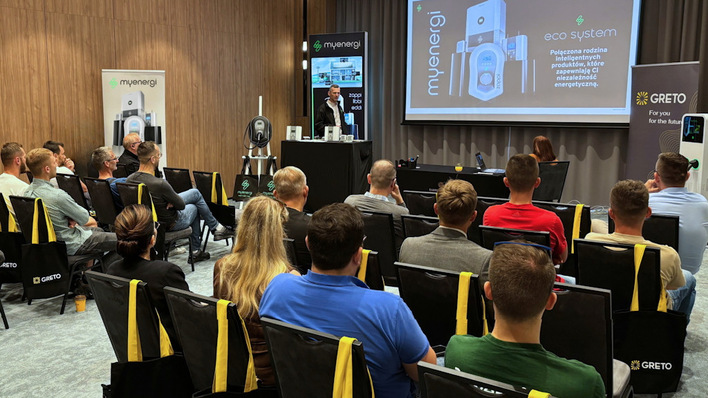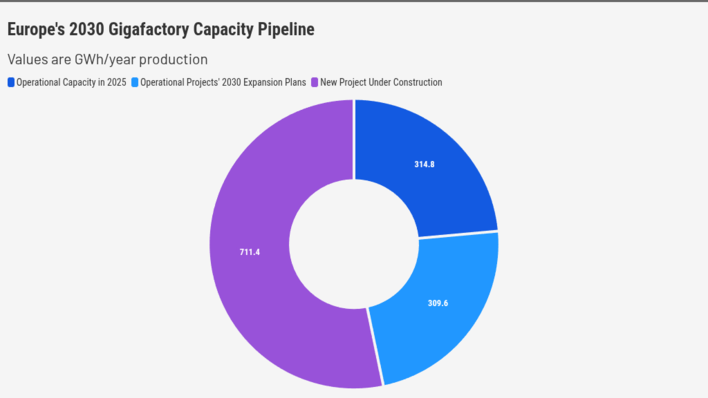With bidirectional charging, the electricity not only flows in the direction of the e-car battery, but can also be fed back out of the battery into the house or electricity grid as needed. More precisely, the analysis showed that with a solar power system and an e-car with a 42-kilowatt-hour battery as intermediate storage, up to 51 per cent self-sufficiency is possible on an annual average, including winter, cloudy days and nights. In addition to the energy needed for the household, the traction current was also taken into account.
See also: Bidirectional and wireless charging technology
In order to achieve this self-sufficiency level, the charging times of the e-vehicle are intelligently controlled so that the battery is charged as far as possible only with self-generated solar power. The effect of an additional stationary battery storage was also investigated: This actually increases the degree of self-sufficiency of the pilot users to up to 59 per cent. Depending on individual factors such as consumption, usage behaviour or the size of the solar system and storage unit, the degree of self-sufficiency can actually be even higher. For comparison: If, in the case of the pilot households with the e-car, all storage options and optimised charging were dispensed with, their degree of self-sufficiency through solar power generation would be around a quarter.
Up to one tonne less CO2 per year
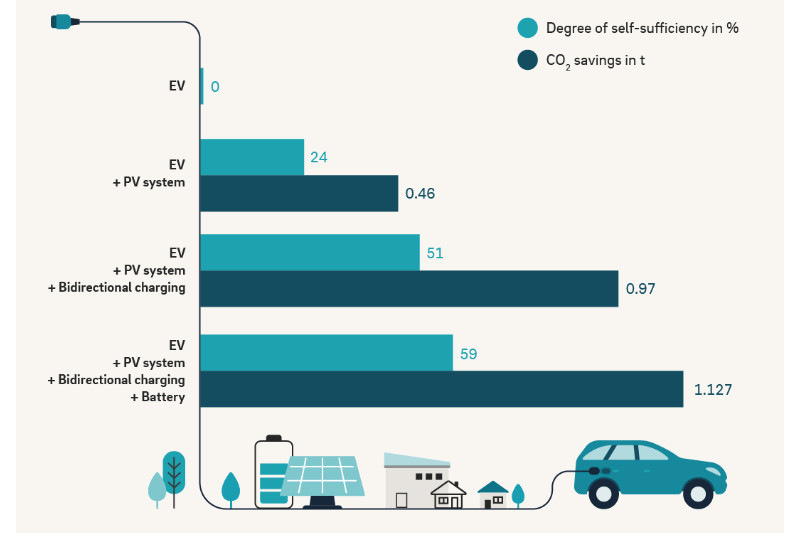
EON
"Compared to a household without a photovoltaic system and electricity storage unit, which is supplied with the German electricity mix, a comparable household with a solar system can save up to one tonne of CO2 per year by using bidirectional charging, even without a classic battery storage unit," illustrates Benjamin Jambor, Managing Director Future Energy Home at Eon Germany.
The energy and financial optimum for each customer is automatically worked out by an algorithm and then implemented by the control unit, the so-called Home Energy Management System. This means that the charging and discharging processes are completely automated. The user can set specifications via the app, such as a desired state of charge for the vehicle at a certain time, a minimum state of charge that always applies or exclusively solar charging.
Incorporating and improving weather forecasts
"To further optimise the charging technology, we are testing additional technical possibilities: These include continuous improvements to the algorithm - for example, through weather forecasts or by analysing the individual usage and mobility behaviour of the house residents," says Eon manager Mark Ritzmann, explaining the next phase of the pilot project. Other use cases that are already being tested in the pilot project, in addition to increasing the degree of self-sufficiency, range from the use of time-variable electricity tariffs to trading in electricity. In the future, the storage units of EVs could also function as a digital swarm battery that can relieve the distribution grid with its provided flexibility and intelligent networking.
Also interesting: ABT E-Line and Witricity launch wireless charging of EVs
As Eon's scientific partner, a team from the EBZ Business School is supporting the Bi-Ciever project with data evaluations of the pilot deployments and with a digital twin model. Bayernwerk and car manufacturer BMW are also involved. (nhp/mfo)


